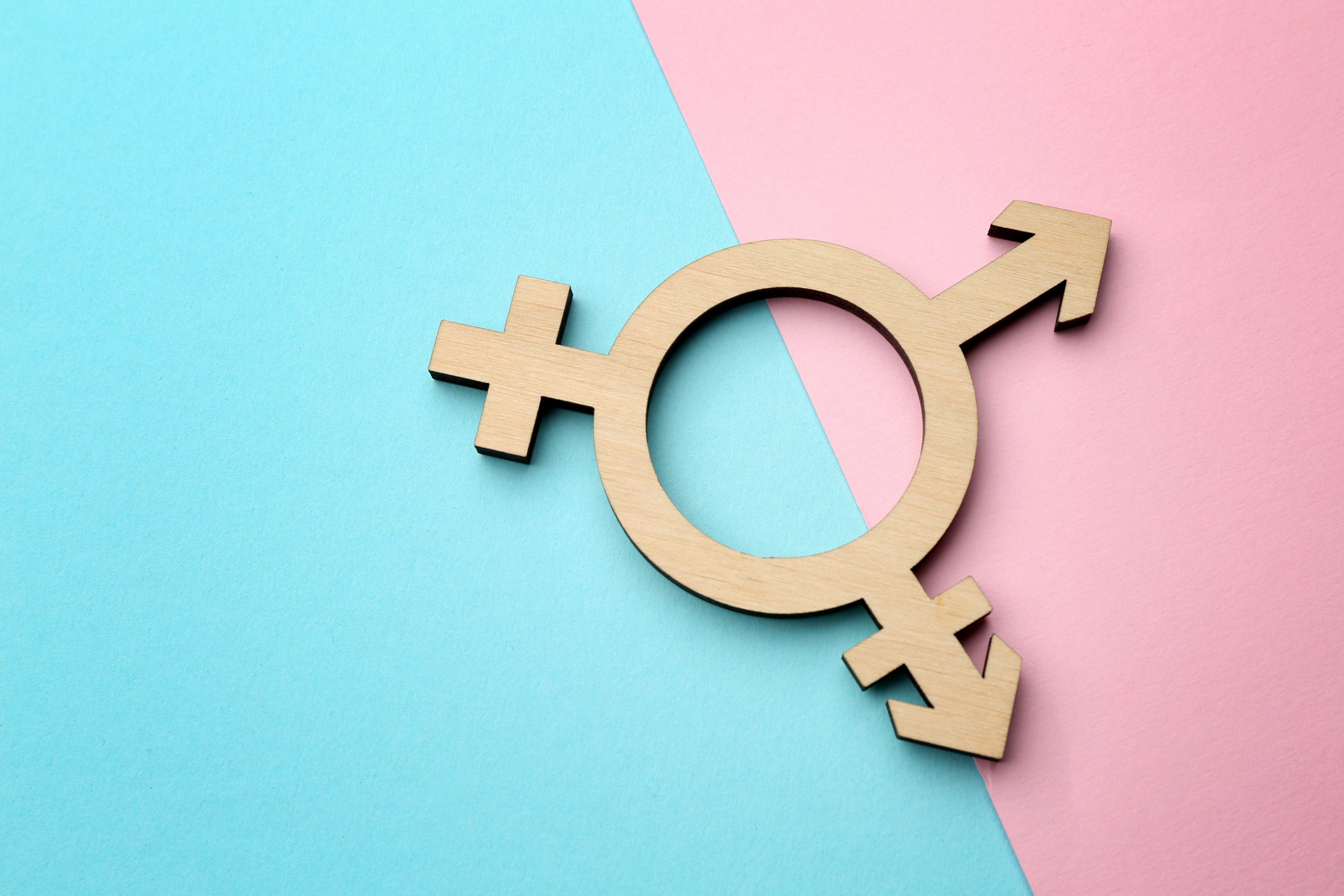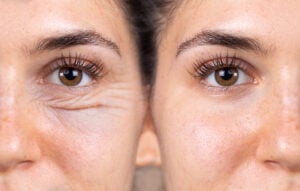Gender Reassignment Surgery, also referred to as Sex Reassignment Surgery, Sex Transplant Surgery, Gender Confirmation Surgery or Gender Affirmation Surgery, is more common today than ever. It involves the process of changing from one sex to another (to the opposite of the sex listed on the birth certificate).
One reason why sex transplant surgery is becoming more routine is the broader acceptance of transgender issues in global society. Another is the increasing number of aesthetic and plastic surgeons undertaking the procedure.
Thirdly, private medical insurance will sometimes cover these surgeries today, whereas individuals had to cover the cost themselves in the past, making it financially impossible for many people. Health insurance is now covering sex reassignment surgery because otherwise, it could be seen as unlawful discrimination.
More than 3,250 gender reassignment operations took place in the US in 2016, a 19% increase from 2015. At London’s Charing Cross clinic, referrals have almost quadrupled in a decade, from 498 in 2006-07 to 1,892 in 2015-16.
In 2018, the UK’s NHS waiting time for those undergoing Gender Reassignment Surgery was nine months for adults.
The reason for Gender Reassignment Surgery is to make people who are described as transgender feel more comfortable in their skin. This is achieved by giving them the physical identity they feel they should have had all along, having been ascribed a different sex at birth. As they grow up, this feeling that they are a woman in a man’s body or vice versa can result in a condition known as gender dysphoria, body dysmorphia, or body dysmorphic disorder.
It is important to note that surgery is the last step in the transition process. Most healthcare providers expect patients to be officially diagnosed with gender dysphoria and undergo counselling before determining if they are suitable candidates for Gender Reassignment Surgery.
A Swedish Study published by Stockholm’s Karolinska Institute showed that Gender Reassignment Surgery made those who had undergone it happier by the year.
Study co-author Richard Branstrom said: “The likelihood of being treated for a mood or anxiety disorder was reduced by 8% for each year since the last gender-affirming surgery, for up to 10 years.”
Famous people who have undergone Gender Reassignment Surgery
One of the most famous celebrities to have undergone Gender Reassignment Surgery is Caitlyn Jenner, who spent her earlier years as Olympic track star Bruce Jenner. Another is actress Laverne Cox who starred in US prison series “Orange is the New Black”.
Chaz Bono, the son of singer and actress Cher, transitioned from female to male. She grew up as Chastity and changed her identity to male in her 30s.
What exactly is Gender Reassignment Surgery?
Several surgical procedures feature under the category Gender Reassignment Surgery. They include Facial reconstructive surgery where the individual’s features are adjusted to look more male or female. Another is Top surgery, where the breasts are enhanced and shaped for a female appearance, or breast tissue is removed for a masculine look.
Bottom surgery involves reconstructing the individual’s genitalia to the desired sex.
There are two categories of Gender Reassignment Surgery – Male to Female and Female to Male. Surgeons agree the former has more success since it is far easier to create a vagina than a penis.
Male to female surgery
MTF surgery can include plumping injections in the cheekbones and softening around the chin area. The jawbone can be shaved and filled, while rhinoplasty can be performed on the nose to change its shape.
Other procedures can reduce the size of the Adam’s Apple, insert breast implants (breast augmentation), and remove the penis (penectomy) and remove the scrotum (orchiectomy).
Constructing a vagina (Vaginoplasty) and labia is labelled as feminising genioplasty. The vaginal canal is a cavity between the rectum and urethra, and the surgeon then produces a vagina from the existing penile tissue.
To learn more about MTF Top Surgery, please refer to the following guide to transgender treatment abroad.
Female to male surgery
Breast reduction is achieved by removing breast tissue and excess skin then repositioning the nipples.
A mastectomy is also carried out, involving the removal of the ovaries and uterus (oophorectomy and hysterectomy).
Constructing a penis and scrotum (metoidioplasty, phalloplasty and scrotoplasty) is the next step. Clitoral tissue is used for this, together with free tissue grafts from other areas of the body such as the arms, thighs or stomach area. An erectile prosthetic is also inserted (phalloplasty).
Discover Treatment Abroad at LGBTQ Friendly Clinics
Hormone treatment
For both types of surgery, the individual will be encouraged to undergo hormone therapy – a major part of changing sex.
For instance, oestrogen is given to stimulate breast development in male to female surgery. It also widens hips, increases voice pitch and stops facial hair from growing.
Androgens stimulate the development of facial and chest hair post-surgery for those transitioning from female to male. They also cause the voice to adopt a deeper pitch.
How to find the best gender reassignment plastic surgeons
Professional medical associations such as the American Society of Plastic Surgeons have an online global directory of US board certified plastic surgeons. This can be a good place to find a local surgeon for an initial consultation.
Many transgender individuals who have undergone Gender Reassignment Surgery are happy to speak about their experience in support groups. As a result, this is often a good place to start.
Some of these groups include:
- The World Professional Association for Transgender Health (WPATH) sets out to promote evidence-based care, education, research, public policy, and respect in transgender health.
- Transbucket is focused on individuals who are thinking about transitioning, as well as those who have already undergone the process
- Translifeline is a non-profit organisation offering emotional support and financial help to trans people in crisis.
- Stonewall pledge to support lesbian, gay, bi, trans, queer, questioning and ace (LGBTQ+) people everywhere.
Anyone considering sex reassignment surgery should try to speak to an individual who has already undergone the process. That way, they will get a true account of what it’s like to undergo such an extensive operation and receive some much-needed support at the same time.













